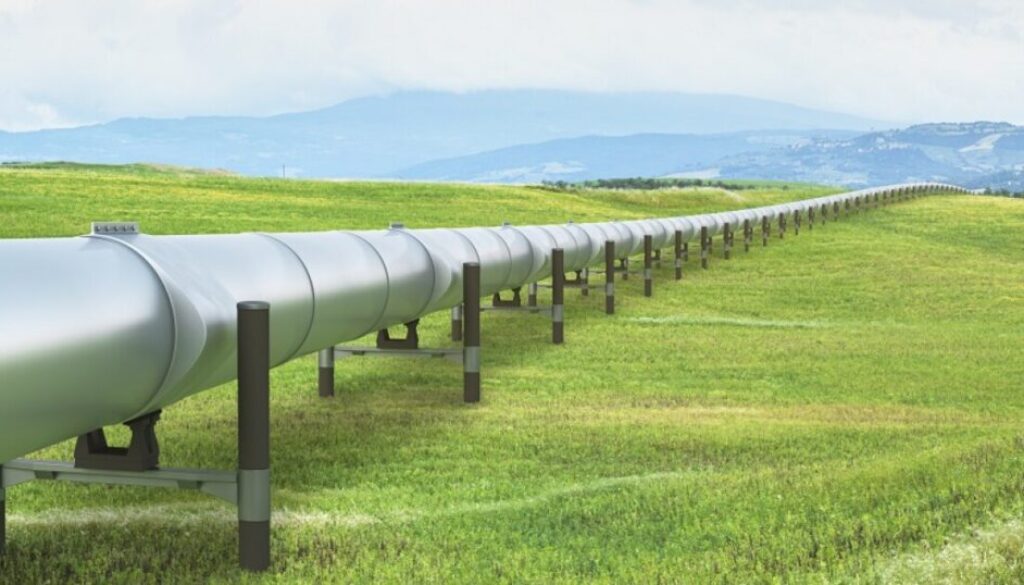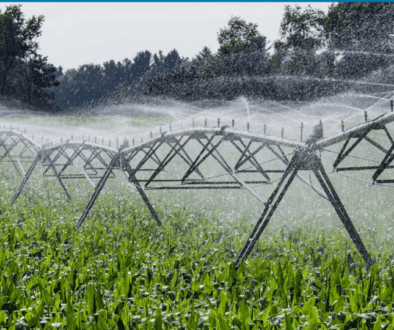Citing safety concerns, groups seek moratorium on new CO2 pipelines
By Dana Drugmand
Environmental and public health advocates are calling on President Joe Biden to issue a moratorium on new carbon dioxide pipelines, citing “serious safety concerns” and significant gaps in current federal safety regulations.
The effort comes as the Pipeline and Hazardous Materials Safety Administration (PHMSA) holds a public meeting in Iowa to gather stakeholder input as it prepares to update its safety regulations governing CO2 transport by pipeline.
“A moratorium on dangerous and underregulated carbon dioxide pipelines is essential to protect communities and the environment,” Maggie Coulter, an attorney at the Center for Biological Diversity’s Climate Law Institute, said in a statement.
In a letter to President Biden released on Tuesday, more than 150 organizations urged the president to issue an executive order halting federal permits for CO2 pipelines while insisting that states hold off on granting state permits for these pipelines until PHMSA completes its updated regulations.
Last year PHMSA announced it would be initiating a new rulemaking on CO2 pipeline safety in response to a pipeline rupture in Satartia, Mississippi in February 2020 that released a large plume of highly pressurized CO2, sending nearly 50 people to the hospital and causing around 300 people to be evacuated. The letter to President Biden references the disaster, warning “our communities face the risk of much larger and more devastating ruptures” in the absence of updated federal regulations.
The president’s negotiated deal with congressional Republicans to raise the debt ceiling could also weaken federal environmental reviews and reduce public input on energy-related infrastructure and other development projects including CO2 pipelines, environmental advocacy groups say.
Over 3,600 miles of new pipelines
Iowa is at the epicenter of the issue, as the site of proposals to build three new carbon dioxide pipelines that would stretch across the upper Midwest. The pipelines would transport CO2 captured from ethanol and fertilizer plants to underground injection sites in North Dakota and Illinois.
Pipeline developers are eager to take advantage of federal incentives for carbon capture and storage and are planning numerous new projects to capture, transport and store CO2 from industrial operations such as chemical manufacturing and fossil fuel and ethanol production.
The three proposed CO2 pipeline projects in the upper Midwest would add over 3,600 miles of new CO2 pipelines traversing North and South Dakota, Nebraska, Iowa, Illinois, and Minnesota.
Currently, there are 5,300 miles of existing CO2 pipelines in the entire country, and they are located mostly in remote areas transporting CO2 to oil fields for use in a type of drilling called CO2-enhanced oil recovery.
One study from Princeton University, funded by oil majors BP and ExxonMobil, figured that over 62,000 miles of new CO2 pipelines would be needed by 2050 for the U.S. to reach its net-zero emissions climate goal.
Big polluters are not the only ones pushing for a massive buildout of CCS and CO2 pipelines. The Biden administration is a big proponent of this controversial ‘carbon management’ infrastructure and is pouring billions of dollars into subsidies for carbon capture technologies and pipelines.
The Bipartisan Infrastructure Law provides around $12 billion for carbon capture; as part of that funding, the US Department of Energy two weeks ago announced it was investing $251 million on a dozen projects to support CO2 transport and storage.
Critics are concerned that carbon capture projects are advancing despite the large gaps in federal safety regulations for CO2 pipeline transport.
Under existing rules, CO2 transported by pipeline is only regulated if it is in a supercritical state, meaning it has properties of both a liquid and a gas. If the CO2 is liquid or gaseous then it is not subject to safety regulations. CO2 is also not regulated if it is less than 90% pure and is made up of other substances.
Critics say safety rules fall short in many ways, including failures to model potential impacts in case of ruptures. Regulators should require the addition of an odorant to pipelines help detect leaks, and should require pipeline operators to provide emergency response training and information to local communities, among other things, according to a report by Pipeline Safety Trust, a watchdog group based in Washington state.
“Terrifyingly large” regulation gaps
PHMSA initially indicated its proposed rule would be issued in October 2024; the agency now says it hopes to issue a notice of proposed rulemaking in January 2024.
“PHMSA has announced a rulemaking, but that can take years, and we have new projects being announced right now,” Amanda McKay, program manager at Pipeline Safety Trust, said during a panel at a recent Global CCS Institute event.
McKay said that Pipeline Safety Trust and other concerned groups recently sent a letter to the US Department of Transportation (DOT) requesting it ensure that all phases of CO2 transport are covered under current regulations even before the new regulations come out. This request is echoed in a petition to the DOT citing “terrifyingly large gaps in regulations on pipelines carrying carbon dioxide.”
Carbon dioxide is colorless, odorless, and is toxic and an asphyxiant, meaning it deprives the body of oxygen. A sudden release of extremely pressurized CO2 from a pipeline rupture would endanger anyone in the vicinity. Car engines cannot run so evacuations are hampered, and even small CO2 exposures can cause unconsciousness. CO2 poisoning can also be fatal.
“CO2 is a colorless, odorless gas that is immediately dangerous to life and health at just 4% concentration in the air that we breathe,” Ted Schettler, a physician and science director at the Science and Environmental Health Network, said in a press release. “An accidental release of CO2 from a pipeline will hug the ground and threaten the life of anyone in its path.”




